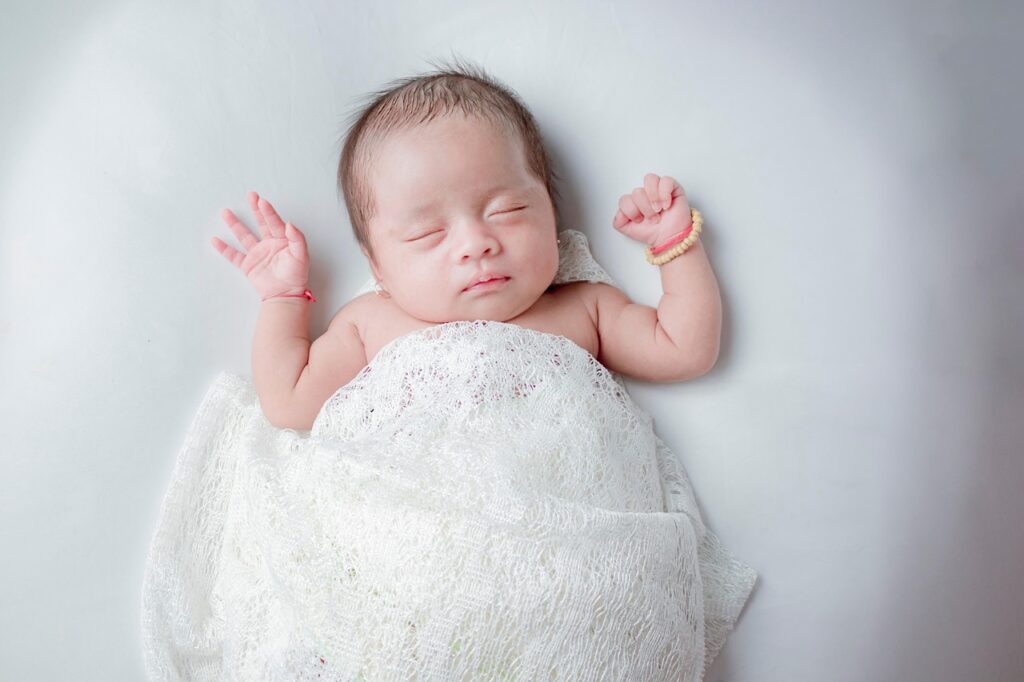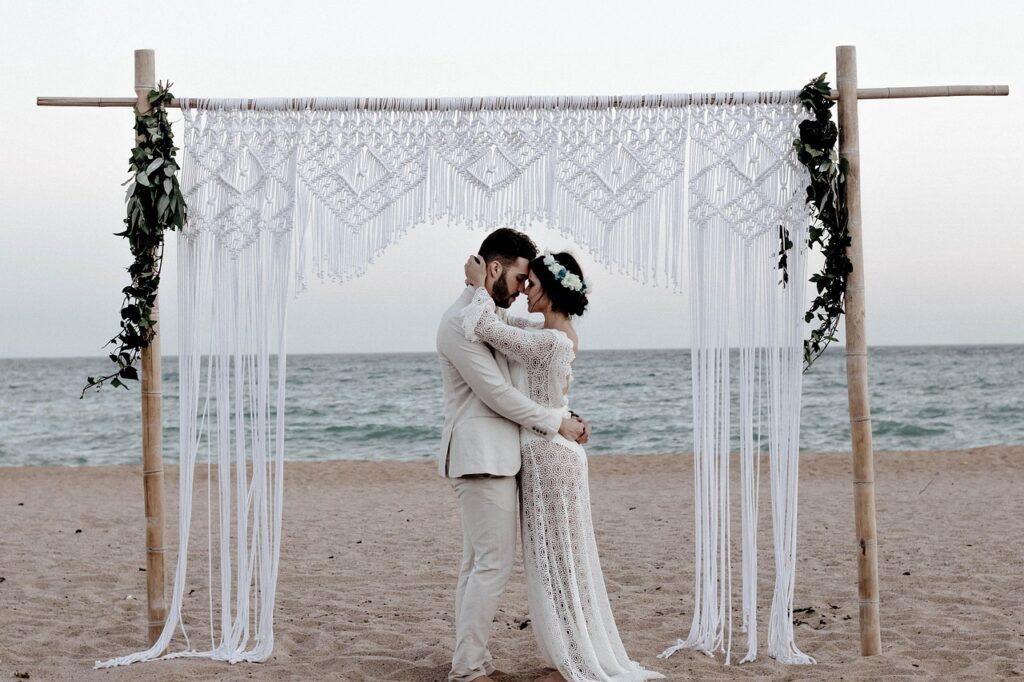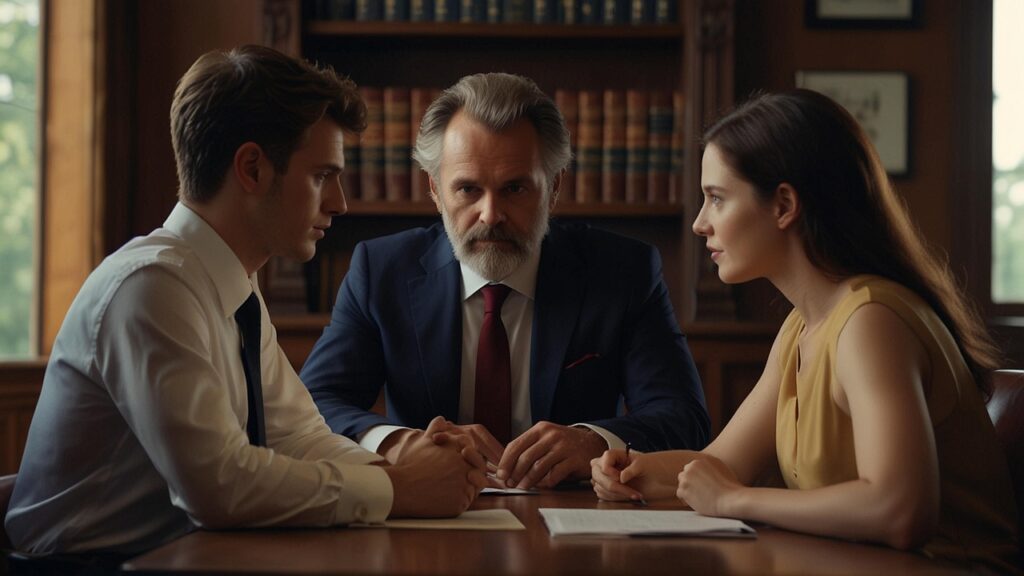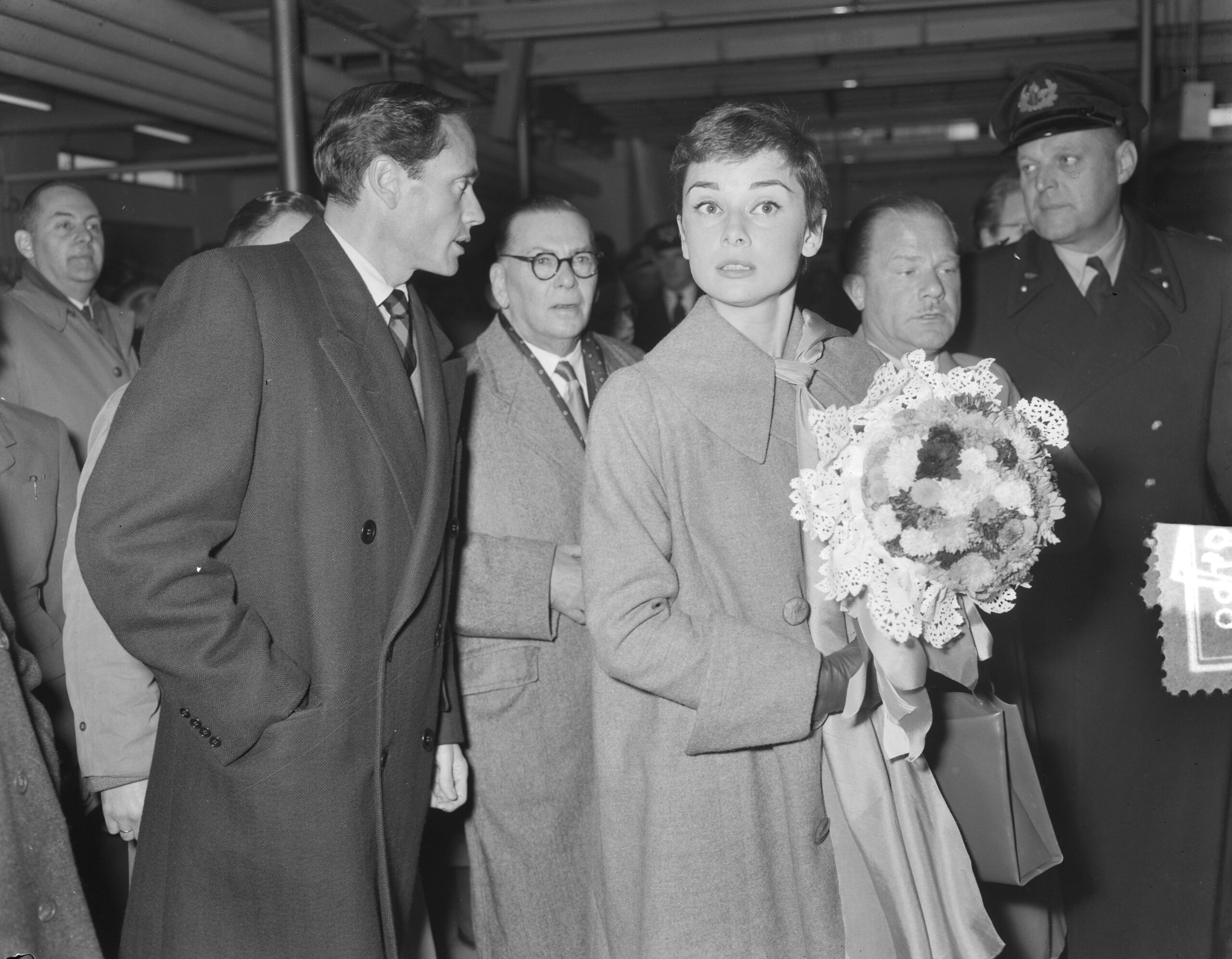
The world recently marked the passing of Jacques Charrier, a French actor and artist whose life, though often overshadowed by his brief yet tumultuous marriage to Brigitte Bardot, represented a profound journey of artistic exploration and quiet resilience. Charrier, who died at 88 in Saint-Briac-sur-Mer, on the Brittany coast, on Wednesday, September 3, 2025, or September 8, 2025, as reported, left behind a legacy that extends far beyond the tabloid headlines that once defined a segment of his public existence. His trajectory from a promising young actor to a celebrated painter, and then to a serene retirement, offers a compelling narrative of a man who navigated the intense glare of celebrity only to find solace and purpose in his true artistic calling.
France’s culture minister, Rachida Dati, announced his death, acknowledging his “discretion and elegance” which would “remain in our memories.” While his name became synonymous with one of the most publicized marriages of the late 1950s, Charrier’s life was a testament to his multifaceted talents, his enduring commitment to the arts, and his quiet determination to re-establish truth amidst public narratives. His story is one of a gifted individual who experienced both the pinnacle of public adoration and the subsequent retreat into a more private, yet creatively rich, existence, ultimately shaping a significant, if often understated, cultural impact.
This article delves into the formative years and initial rise of Jacques Charrier, tracing his journey from an aspiring artist to a significant figure in French cinema, and examining the early, intensely public, and ultimately challenging chapter of his life inextricably linked with Brigitte Bardot. We will explore the milestones that defined his early career, the unprecedented media attention surrounding his marriage, and the foundational events that set the stage for the rest of his remarkable life.
1. **Early Life and Artistic Aspirations** Jacques Joseph Henri Charrier was born on November 6, 1936, in Metz, a city where his father, Joseph Jules Léon Charrier, a career military officer, was then stationed. His early environment, shaped by a disciplined military background, contrasted sharply with the artistic inclinations that would soon manifest themselves. From a young age, Charrier harbored a deep interest in creative expression, a passion that would ultimately define much of his life’s work.
At the tender age of 17, Charrier embarked on his formal artistic education, enrolling in the School of Decorative Arts in Strasbourg. There, he dedicated himself to the study of pottery, signaling an early fascination with tangible, visual art forms. This initial foray into ceramics underscores a fundamental aspect of his character: a craftsman’s dedication to his chosen medium, a trait that would resurface powerfully later in his life. His curiosity and sensitivity, described as that of an “acrobat” in some accounts, propelled him towards diverse artistic avenues.
Three years later, his path diverged slightly but remained within the realm of performance and creativity. He moved to Paris to study at the National School for the Dramatic Arts, also known as the Blanche Street school, indicating a shift towards theatrical expression. This period marked the beginning of his journey into acting, laying the groundwork for his eventual emergence as a screen presence in French cinema. His training here honed his performative skills and prepared him for the spotlight that awaited him.
Read more about: Flashback to the Fifties: 12 Icons Who Ruled the Charts and Revolutionized Music Forever
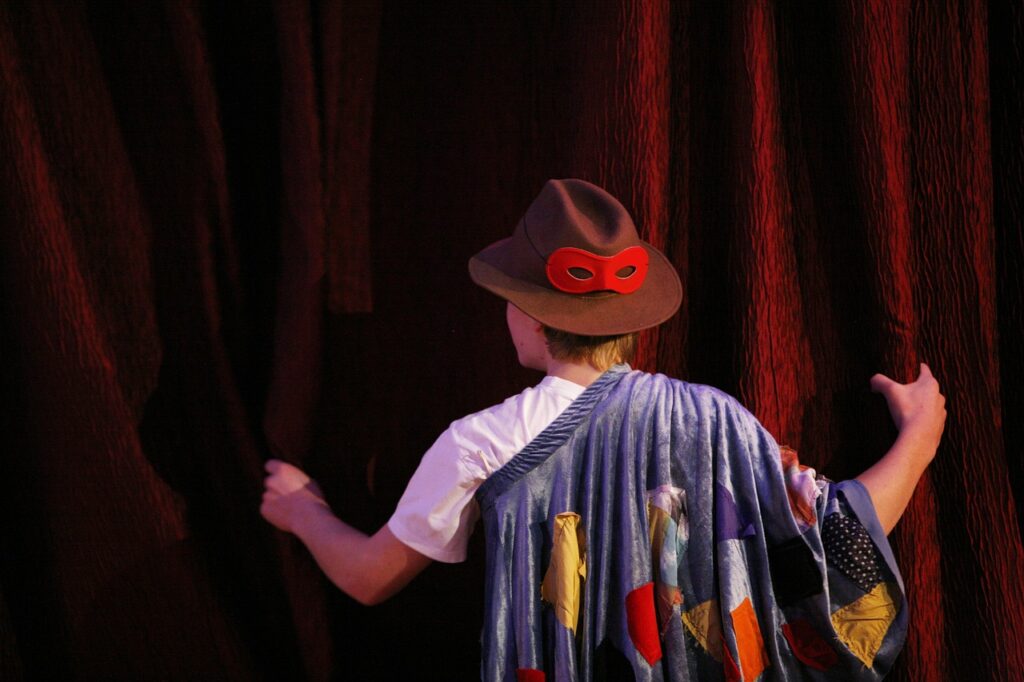
2. **Theatrical Beginnings and Breakthrough Role** Charrier’s entry into the professional acting world began modestly, securing a spot as an extra at the venerable Comédie Française. This initial experience, though minor, provided him with invaluable exposure to the classical traditions of French theater and the rigor of stage performance. It was a foundational period, allowing him to observe and learn within one of France’s most prestigious cultural institutions.
His talent, however, soon propelled him beyond mere background roles. He quickly secured a significant lead, taking on the male lead in a dramatization of “The Diary of Anne Frank” at the Théâtre Montparnasse. This role was a pivotal moment, showcasing his dramatic capabilities and bringing him to the attention of influential figures within the French arts scene. It demonstrated his ability to command a stage and convey complex emotions, foreshadowing his impact on film.
It was during this acclaimed theatrical run that Marcel Carné, a celebrated French filmmaker renowned for his wartime masterpiece “The Children of Paradise,” spotted the young actor. Carné’s discerning eye recognized Charrier’s potential, and this encounter proved to be the catalyst for his cinematic career. The transition from stage to screen, initiated by Carné’s interest, would soon transform Charrier into a recognizable face across France, marking a definitive turning point in his artistic journey.
Read more about: Gene Kelly’s Final Curtain: A Deep Dive into His Later Years, Private Choices, and Enduring Legacy

3. **Rise to Stardom with “Les Tricheurs”** Marcel Carné’s recognition led directly to Charrier’s breakthrough film role in “Les Tricheurs” (1958). Released in the United States as both “Young Sinners” and “The Cheaters,” this film delved into the world of decadent Parisian youth, capturing the bohemian spirit of the post-war years. Charrier played opposite Pascale Petit, forming a pairing described by Bosley Crowther in The New York Times as “as pretty a pair of virile youngsters as you are likely to meet.” The film became an instant sensation in Europe.
“Les Tricheurs” was a massive box-office success across the continent, propelling Charrier into the national spotlight and cementing his status as a burgeoning film star. The movie, though it appeared somewhat dated by the time it reached America in 1961, was a cultural touchstone in France. It offered a lens into a generation’s anxieties and rebellions, and Charrier’s portrayal resonated deeply with audiences, establishing his cinematic appeal.
His performance in the film was widely acclaimed, leading Le Monde to famously describe him as “a cross between James Dean and Gérard Philipe,” drawing parallels to both American and French matinee idols. This comparison underscored his magnetic screen presence and his appeal to a broad audience, positioning him as a new symbol of youthful charisma in French cinema. His captivating portrayal in “Les Tricheurs” laid the foundation for his rapid ascent and caught the eye of the era’s biggest star, Brigitte Bardot.
4. **The “Glamour Couple” Phenomenon: Meeting Brigitte Bardot** The undeniable success of “Les Tricheurs” and Charrier’s rising fame did not go unnoticed by the reigning queen of French cinema, Brigitte Bardot. Having just achieved international sex symbol status with Roger Vadim’s 1956 film “And God Created Woman,” Bardot was at the zenith of her career and held considerable influence in the industry. Her interest in Charrier proved to be a pivotal moment for both actors.
Bardot, captivated by his screen presence, insisted that Charrier be cast as her co-star in her next film, “Babette Goes to War.” This World War II spoof, released in 1959, provided the setting for their fateful meeting and the blossoming of a romance that would soon captivate the world. On screen, the cinema “immortalized the love story between the two heroes,” who would marry “in the right wedding at the end of the film.”
The chemistry between them, both on and off screen, was undeniable, leading to their rapid engagement and subsequent marriage. They quickly became France’s quintessential glamour couple of the late 1950s, a photogenic pairing that Paris Match dubbed Charrier “the man the ladies find irresistible.” Their coupling represented the epitome of French cinematic romance, instantly making them objects of intense public fascination and media scrutiny.
5. **The Overwhelming Wedding and Public Scrutiny** The wedding of Jacques Charrier and Brigitte Bardot, held in June 1959 in the town of Louveciennes, was not merely a private ceremony; it was a global media event that epitomized the era’s fascination with celebrity. Reporters, eager to capture every moment of this union between France’s most glamorous couple, completely overran the security guards. The sheer scale of the media presence highlighted the immense public interest in their relationship.
Even the typically staid Le Monde newspaper dedicated significant coverage to the event, meticulously reporting the exact time at which the couple joined hands: 11:30 a.m. This detail underscores the extraordinary level of public and press attention, where every aspect of their lives became fodder for news. Photos from their wedding day show them “smiling widely for the cameras,” appearing “blissful” in the midst of the chaos, a stark contrast to the challenges that lay ahead.
The intense scrutiny continued beyond the wedding day. In the fall, Charrier briefly found himself at the center of a national security debate during France’s involvement in the Algerian War. French media reported that he was finishing a film and claiming medical exemptions instead of serving in his regiment. A Gaullist deputy, Roland Boudet, publicly denounced him in Parliament, questioning why all recruits were not treated equally, “even when they emerge from the world of high fashion or the arms of a big star.” This incident vividly demonstrated the intrusive and often unforgiving nature of the spotlight they inhabited.
Read more about: Miss the ’90s? These 14 Earth-Shaking Events Defined a Decade of Unprecedented Change—Their Impact Still Resonates!

6. **The Troubled Marriage and Birth of Nicolas** Despite the initial public adoration and the image of a blissful union, the idyll between Jacques Charrier and Brigitte Bardot quickly turned sour, descending into bitterness. Their happiness, captured in early photographs, proved to be ephemeral, giving way to profound unhappiness that was exacerbated by Bardot’s pregnancy. This period marked a significant and distressing turn in their highly publicized relationship, moving from glamour to personal turmoil.
Bardot openly expressed her profound disdain for the pregnancy, which she described in her 1996 memoir, “Initiales B.B.,” as “nine nightmarish months.” Her sentiments were stark and unsparing, stating she would have preferred “giving birth to a dog.” This raw, unfiltered revelation profoundly affected Charrier and their son, Nicolas, casting a long shadow over the circumstances of his birth. Bardot later wrote, “It was like a tumor that had nourished me, that I had carried in my swollen flesh, waiting for only the blessed moment when I would finally get rid of it. The nightmare arrived at his climax, I had to assume for life the object of my misfortune.”
Following the birth of their only child, Nicolas-Jacques Charrier, on January 11, 1960, the strain on the couple became unbearable. Charrier himself was hospitalized for nervous depression, an event duly covered by Le Monde, which reassured its readers it was “not serious.” Concurrently, Bardot attempted suicide, underscoring the severe emotional distress both experienced. The birth, a “moment magique pour l’un, d’horreur pour l’autre,” as reported, cemented their mutual unhappiness, leading inexorably towards their eventual separation and divorce in 1963. Charrier, enduring the emotional toll, would eventually gain custody of Nicolas, committing himself to raising their son amidst the lingering complexities of their fractured relationship.
He was portrayed in a five-column report on the front page five days after the birth of his son as carefully tolerating his son in his hands. He multiplied what were described as “stupid positions and smiles,” but reportedly “will not focus on this child.” It was indeed Jacques Charrier who would raise Nicolas after their divorce in 1963, a decision that cemented his role as the primary caregiver. This period definitively marked the end of their marital bond and set the course for Charrier’s subsequent life choices, both personally and professionally.
Read more about: Patrick Hemingway: A Life Beyond His Father’s Shadow, Stewardship, and Adventure Across Continents
7. **The Post-Divorce Acting Career: A Shift from Spotlight to Substance**After the tumultuous end of his marriage to Brigitte Bardot in 1963, Jacques Charrier’s cinematic career, though less publicly scrutinized, remained active. The intense glare of celebrity receded, allowing him to pursue roles that, while not always blockbuster hits, contributed to his artistic depth. He appeared in over a dozen films through the 1960s and 1970s, collaborating with some of France’s most respected directors.
This period saw Charrier work with cinematic luminaries such as Claude Chabrol, who cast him in “L’avarice” (a segment of “The Seven Deadly Sins,” 1962) and as an obsessed journalist in “The Third Lover” (L’oeil du Malin, 1963). He also cameoed in Agnès Varda’s “Les créatures” (1966) and the international co-production “An Evening in Paris” (1967). Notably, he shared a kiss with Anna Karina in Jean-Luc Godard’s “Anticipation, ou l’Amour en l’An 2000” (1967), part of “The Oldest Profession.”
Despite these engagements, Charrier had made a pivotal career misstep earlier. Distracted by his escalating domestic issues, he famously turned down the leading role of Tom Ripley in René Clement’s “Purple Noon” (Plein soleil, 1960), citing Bardot’s pregnancy. Alain Delon took the role, achieving international stardom. Charrier’s post-divorce acting, while extensive, never recaptured his initial commercial appeal, instead showcasing a dedication to craft over pure fame.
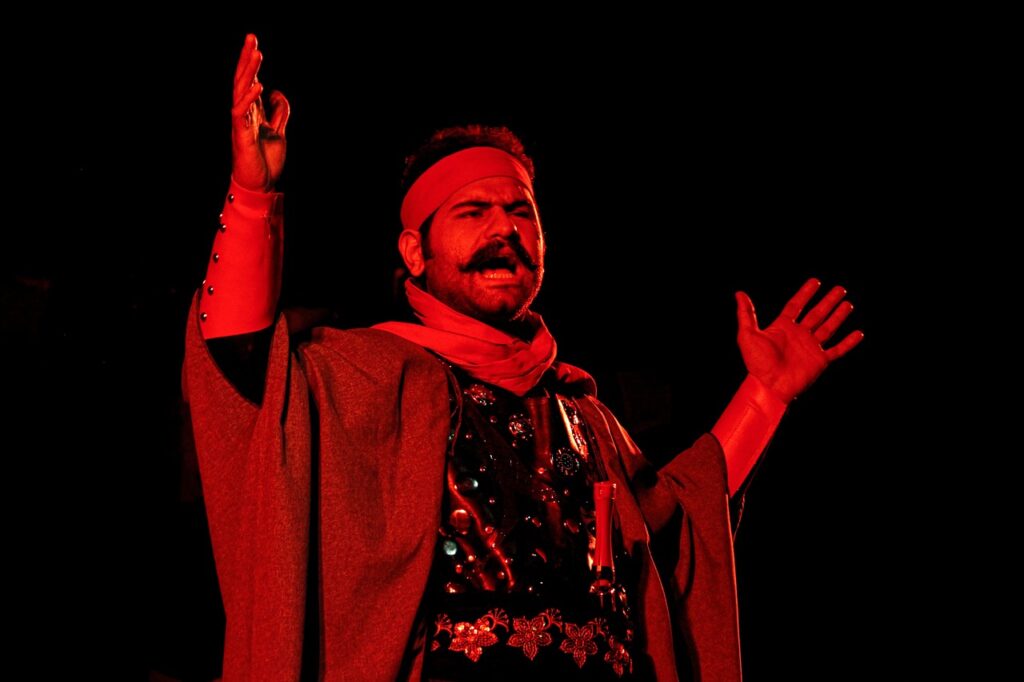
8. **From Actor to Producer: A Brief Foray and a Retreat from Cinema**As the 1970s unfolded, Jacques Charrier’s ambitions extended beyond acting, leading him to explore film production. This venture reflected a desire for greater creative control and a different kind of engagement with cinema. He co-founded Les Films Marquise with his friend and fellow performer Jean-Claude Brialy, signaling a commitment to shaping cinematic projects from behind the scenes.
Through this new endeavor, Charrier produced seven films, including three for Jean-Claude Brialy: “Eglantine,” “Closed Shutters” (“Les Volets clos”), and “The Rare Bird” (“Le rare bird”). This period demonstrated his willingness to support other artists and contribute to French cinema in a capacity beyond his own on-screen presence. It underscored his enduring passion for film, even as his public profile as an actor waned.
However, this foray into production proved challenging. His cinematic career, already slowing, ended after a 1975 film he produced, “Il Pleut sur Santiago” (about the 1973 Chilean coup), failed commercially. Le Monde criticized the film for its “didacticism,” and its failure prompted Charrier to definitively quit the movie business. This marked a significant turning point, pushing him toward artistic fulfillment away from the demanding world of film.

9. **Rediscovering a First Love: The Artistic Pivot to Painting and Ceramics**Following his departure from the film industry in the mid-1970s, Jacques Charrier made a profound return to his earliest artistic passions: ceramics and, most notably, painting. This pivot represented not a retreat from creativity, but a re-engagement with a more personal and tactile form of expression, harking back to his studies at the School of Decorative Arts in Strasbourg. Here, he found enduring solace and recognition, far from the celebrity world.
In the 1980s, Charrier formally dedicated himself to painting, even enrolling at the prestigious Beaux-Arts de Paris in 1980. His works, characterized by their intimate reflection and search for harmony, gained public exposure. He exhibited his paintings in prominent artistic centers such as Paris, Geneva, San Francisco, and Miami, solidifying his reputation as a serious visual artist.
One of his most ambitious projects was a series of 282 paintings inspired by the ancient Code of Hammurabi, showcased at Unesco Paris in 1996. This extensive body of work highlighted his intellectual depth and commitment to complex themes. France’s culture minister, Rachida Dati, acknowledged Charrier “reconnecting with his first relationship with artistic creation,” underscoring his successful transition and lasting impact in the art world.
10. **The Memoir Firestorm: Brigitte Bardot’s Damning Account and Charrier’s Defense**Just as Jacques Charrier had found a quiet rhythm in his artistic life, the past dramatically resurfaced with Brigitte Bardot’s 1996 memoir, “Initiales B.B.” After nearly three decades out of the public eye, Charrier was again thrust into a contentious public narrative. Bardot’s book included a section that viciously attacked him, portraying him as “a bourgeois loser, a freeloader and an egotist,” and contained deeply hurtful remarks about their son, Nicolas.
Bardot’s unsparing account of her pregnancy and motherhood was particularly devastating. She recounted “nine nightmarish months” and infamously stated she would have preferred “giving birth to a dog.” She added, “It was like a tumor that had nourished me… waiting for only the blessed moment when I would finally get rid of it. The nightmare arrived at his climax, I had to assume for life the object of my misfortune.” These passages profoundly damaged both Charrier and Nicolas, publicly reaffirming Bardot’s painful regret.
In response to these personal and public accusations, Charrier, supported by Nicolas, took legal action. They sued Bardot, demanding suppression of the 80 pages devoted to them and seeking damages. The court awarded them modest damages of 250,000 francs (approximately 36,000 euros), but the incriminated passages were not suppressed, as Bardot’s book was already a best-seller. This legal battle underscored the enduring pain and complexity of their shared history.

11. **”Ma Réponse à Brigitte Bardot”: Reclaiming the Narrative and the Truth**Undeterred by the limited success in suppressing passages of Bardot’s memoir, Jacques Charrier felt compelled to offer his own story. A few months after “Initiales B.B.,” he published “Ma Réponse à Brigitte Bardot” (“My Reply to Brigitte Bardot”). This act was not for renewed celebrity, but for a profound need to “re-establish the truth” for his children and challenge Bardot’s damaging portrait.
In his memoir, Charrier presented a counter-narrative, aiming to debunk Bardot’s claims and restore his reputation and that of their son. He affirmed Bardot had been happy about their son’s birth, even including evidence such as “a thirty love letters of a fiery love that Brigitte addressed me in a certain year 1959, all to the joy of carrying our child.” He also revealed that Bardot, known for her far-right sympathies, had given him her father’s library, which included a signed copy of “Mein Kampf.”
Bardot, in turn, countersued Charrier to suppress his book, but her legal challenge failed. Charrier publicly stated, “By giving my version of the facts, I’m doing her a big favour,” and asserted, “The reality of her love for Nicolas… is much more to her credit than the horrors she wrote.” This exchange of memoirs offered a glimpse into the intense aftermath of one of France’s most famous and ill-fated celebrity marriages.
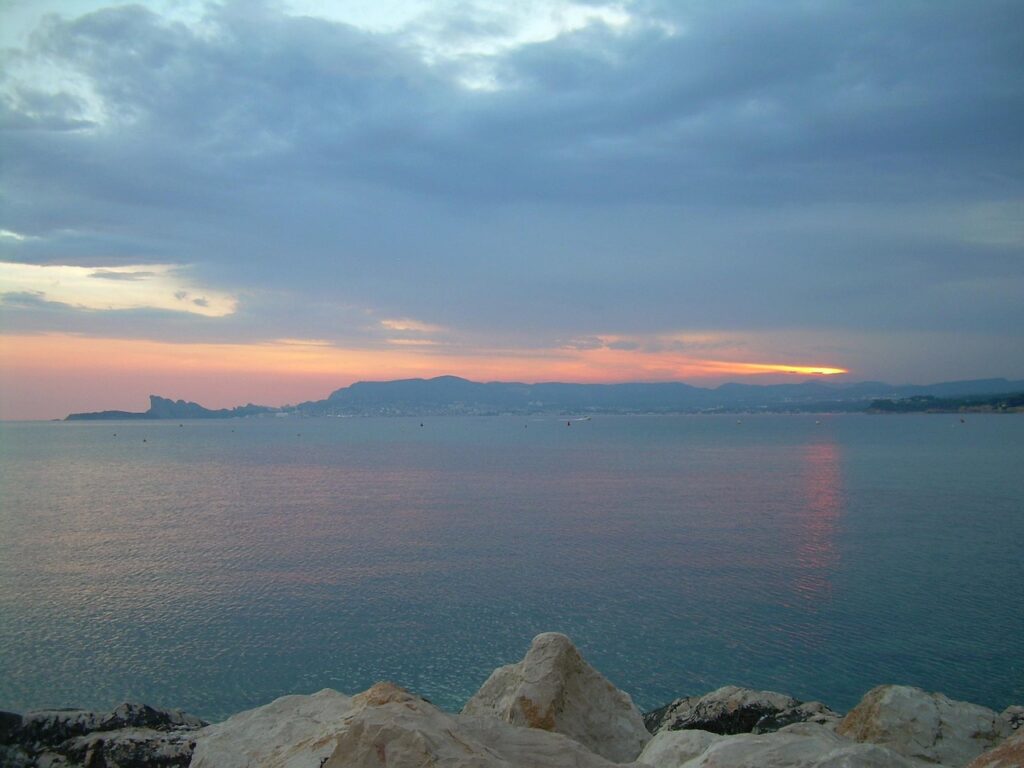
12. **A Quiet Legacy: Artistic Fulfillment and Final Years**After the public skirmishes over dueling memoirs, Jacques Charrier retreated from the media spotlight, finding peace and purpose in his art. Having navigated celebrity and personal battles, he settled into quiet retirement in Saint-Briac-sur-Mer, on the Brittany coast, where he had lived for over a decade. This serene environment became the backdrop for his final, creatively rich chapter.
In Saint-Briac, Charrier continued his passion for painting, exhibiting locally and internationally, demonstrating his vibrant artistic spirit until the end. His final show, a moving retrospective titled “Un sourire à la vie” (“A smile at life”), was held in his adopted hometown just months before his passing in July. This exhibition offered a poignant reflection on his life’s journey, from early artistic stirrings to mature painterly expressions.
Jacques Charrier passed away at 88 on September 3, 2025 (or September 8, 2025, as reported), leaving a legacy beyond his celebrity marriage. He is survived by his fourth wife, Makiko Kumano; his son Nicolas-Jacques Charrier; and three daughters from earlier marriages: Marie, Sophie, and Rosalie, along with grandchildren. France’s culture minister, Rachida Dati, acknowledged his passing, noting his “discretion and elegance” would “remain in our memories.” Charrier’s life stands as a testament to resilience and artistic reinvention.
Read more about: Gene Kelly’s Final Curtain: A Deep Dive into His Later Years, Private Choices, and Enduring Legacy
The narrative of Jacques Charrier’s life is a powerful reminder that true fulfillment often lies not in the intensity of the spotlight, but in the unwavering pursuit of one’s authentic self. From the glittering heights of French cinema to the quiet contemplation of a painter’s studio, Charrier crafted a legacy defined by artistic integrity, quiet determination, and a profound commitment to truth, leaving behind a body of work and a story that truly resonated far beyond the fleeting headlines. His journey serves as an enduring inspiration, proving that a life well-lived is ultimately a masterpiece woven from personal passion and quiet strength, far from the madding crowd.

